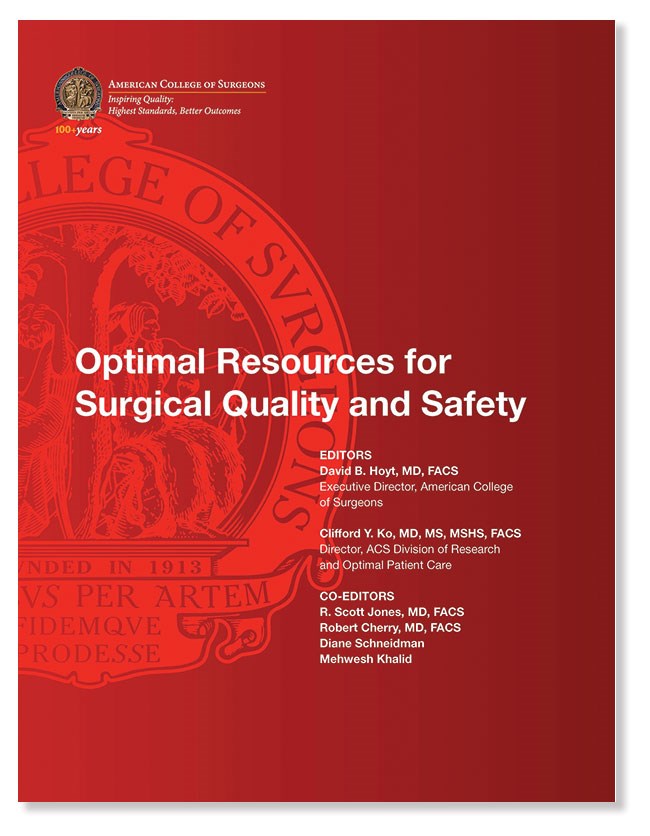This database captures more than 230 unique data items for each patient, which translates into 10 billion pieces of data covering 72% of newly diagnosed cancer patients in the US.
In 2009, the NCDB initiated a Participant Use Data File (PUF) initiative designed to put data in the hands of researchers. The PUF program, which includes de-identified, case-level data from 70 different primary tumor sites, was opened to all CoC programs in 2013. Since that time, the NCDB has become one of the most frequently leveraged data resources to improve the quality and safety of cancer care. Thus far, more than 1,500 PubMed indexed studies have been published using NCDB data, with approximately 350 new studies published annually.
There is perhaps no better way to understand the impact of the NCDB than to consider the breadth and depth of studies that have leveraged NCDB data. In this article, we have attempted to demonstrate the possible range of contributions using the NCDB by highlighting a few studies that have considered a variety of clinically relevant and high-impact questions.
One of the guiding motivations for the NCDB PUF program is quality assurance. As a result, the NCDB examines each of the six principal domains for high-quality care that were defined by the Institute of Medicine:
- Safe
- Effective
- Patient-centered
- Timely
- Efficient
- Equitable
Several studies that have examined the safety of cancer care have focused on the environment in which the care was provided. Concerns have been raised over the safety of complex oncologic resections completed in hospitals in which these procedures are performed infrequently. These concerns have led to important questions regarding minimum standards and regionalization of specialty surgical oncology care.1
In one NCDB study by Chiu and colleagues, the investigators suggested that regionalization based on a hospital’s surgical safety record—rather than surgical volumes—could save twice as many lives by moving half as many patients compared with regionalizing based on surgical volumes.2 Other attributes found to predict short- and long-term outcomes in the NCDB include academic affiliation and status as a top-ranked hospital by US News & World Report.3
The NCDB has been used to conduct a multitude of comparative effectiveness research studies. These studies represent real-world perspectives by examining the benefits of specific treatments in the general patient population outside the clinical trial setting. A broad range of topics have been covered, including the role of operative versus nonoperative therapy,4,5 the role of adjuvant therapy versus observation,6 and the benefit of minimally invasive surgical approaches compared with traditional open resection.7 In one study, investigators incorporated the NCDB variable, “reason for no surgery,” in the study design to remove inoperable patients from a comparison of operative and nonoperative treatment of patients with lung cancer.8
Although the impact of the NCDB on the clinical care of patients in the US is difficult to capture, the NCDB has been leveraged to assess practice implementation. For example, one study that found twice-daily radiation therapy for small cell lung cancer—although effective—was rarely administered, likely because of the profound logistical challenges that frequent treatment administration places on patients and caregivers.9
With respect to the timeliness of care, several studies have examined the impact of delays in cancer treatment, finding that postponements in operative treatment of breast cancer appear to compromise survival.10 Similar findings also have been shown in lung cancer.11 Efficiency of care was investigated through the number of days required to administer a course of radiation, suggesting that more efficient delivery may be associated with superior outcomes for anal squamous cell and lung cancer.12,13
Finally, the NCDB has been leveraged in the quest to provide equitable care, having been queried for disparities in care delivery and utilization. Several studies have identified important disparities in treatment delivery across modalities—including radiation, surgery, and chemotherapy—across a wide range of tumor types.14,15,16 Matthews and colleagues took a different approach and examined NCDB data to assess the likelihood that adjuvant chemotherapy was recommended to patients after ovarian cancer resection.17 Cole and colleagues examined disparities in care across the patient mix by treating hospitals and focused likelihood on palliative treatment, which is discernable in the NCDB.18
In conclusion, the NCDB has been increasingly leveraged by some of the country’s brightest minds in quality improvement and research and provides an invaluable perspective to improve cancer care in the US. We are in a better position at present, and the future is potentially brighter, because of the registrars, physicians, and institutions that have thoughtfully and creatively engaged with this rich and impactful dataset.









